Everything you Need to Know About Peptides

Peptides have become a buzzword in skincare, often associated with younger, more radiant-looking skin. But what are they exactly, and why are they so beneficial? In this lab journal, we explore the science behind peptides, how they function, and why they make an excellent addition to your skincare routine.
THE SCIENCE BEHIND IT…
What Are Peptides?
There are 20 naturally occurring amino acids in the body, which combine in unique sequences and lengths to form:
• Peptides: short chains of amino acids
• Proteins: long chains of amino acids
Peptides are naturally present throughout the body and serve hundreds of different functions. In skincare, peptides are preferred over full proteins like collagen because proteins are too large to penetrate the skin effectively. Sometimes, proteins are enzymatically broken down into smaller peptide fragments to improve absorption.
Types of Cosmetic Peptides
Peptides in cosmetics are typically classified based on their function:
1. Enzyme inhibitor peptides – help regulate enzymatic activity in the skin, e.g., tyrosinase inhibition
2. Carrier peptides – transport essential trace elements like copper and manganese
3. Neurotransmitter inhibitor peptides – reduce the appearance of muscle contractions and fine lines
Other peptide categories continue to emerge as research in cosmetic peptides evolves.
The Naturium Difference: Multi-Peptide Eye Cream
Our eye cream features a blend of three palmitoylated signaling peptides, which are modified with a palmitoyl group for enhanced skin penetration. These peptides help:
• Moisturize the delicate eye area
• Regulate the expression of progerin, a marker of cellular aging • Support visible skin restoration
The formula pairs these peptides with bioactives like vitamin B5 and green microalgae, as well as vegan squalane, a biocompatible emollient that helps support the skin’s moisture barrier
Multi-Peptide Moisturizer
Our moisturizer combines scientifically advanced peptides with natural bioactive ingredients:
• Palmitoyl tripeptide-5, palmitoyl tripeptide-1, and palmitoyl tetrapeptide-7
• Small natural peptides from Sacha Inchi seeds
Through a proprietary process, the Inchi seed peptides are reduced to low molecular weight fragments to improve skin penetration. These naturally derived peptides help: • Firm and plump the skin
• Reduce the appearance of fine lines and wrinkles
• Improve skin texture, hydration, and radiance
This moisturizer targets uneven texture, dullness, and sagging, leaving skin looking supple, smooth, and rejuvenated.
Why Peptides Are Worth the Hype
Peptide products are easy to incorporate into any skincare routine, suitable for all skin types, and can deliver visible improvements in: • Texture and firmness
• Fine lines and wrinkles
• Overall skin radiance
When paired with supportive bioactives and moisturizers, peptides offer a science-backed path to healthier, more youthful-looking skin.

DISCLAIMER:
Lab Journals are intended to help educate on specific ingredients and skin care topics. Our articles are written to be informative and informational.
Please note any Naturium products with referenced ingredients are formulated for Cosmetic Use Only and NOT intended as replacements for physician pharmaceutical product recommendations.
SOURCES:
- 1https://www.ncbi.nlm.nih.gov/pmc/articles/PMC4131521/
- 2https://onlinelibrary.wiley.com/doi/full/10.1111/j.1468-2494.2009.00490.x
- 3https://www.ncbi.nlm.nih.gov/pmc/articles/PMC5882822/
- ...
- 4https://www.ncbi.nlm.nih.gov/pmc/articles/PMC2923951/
- 5 https://www.ncbi.nlm.nih.gov/pmc/articles/PMC5108505/
- 6 https://www.cir-safety.org/sites/default/files/palmit072012slr.pdf


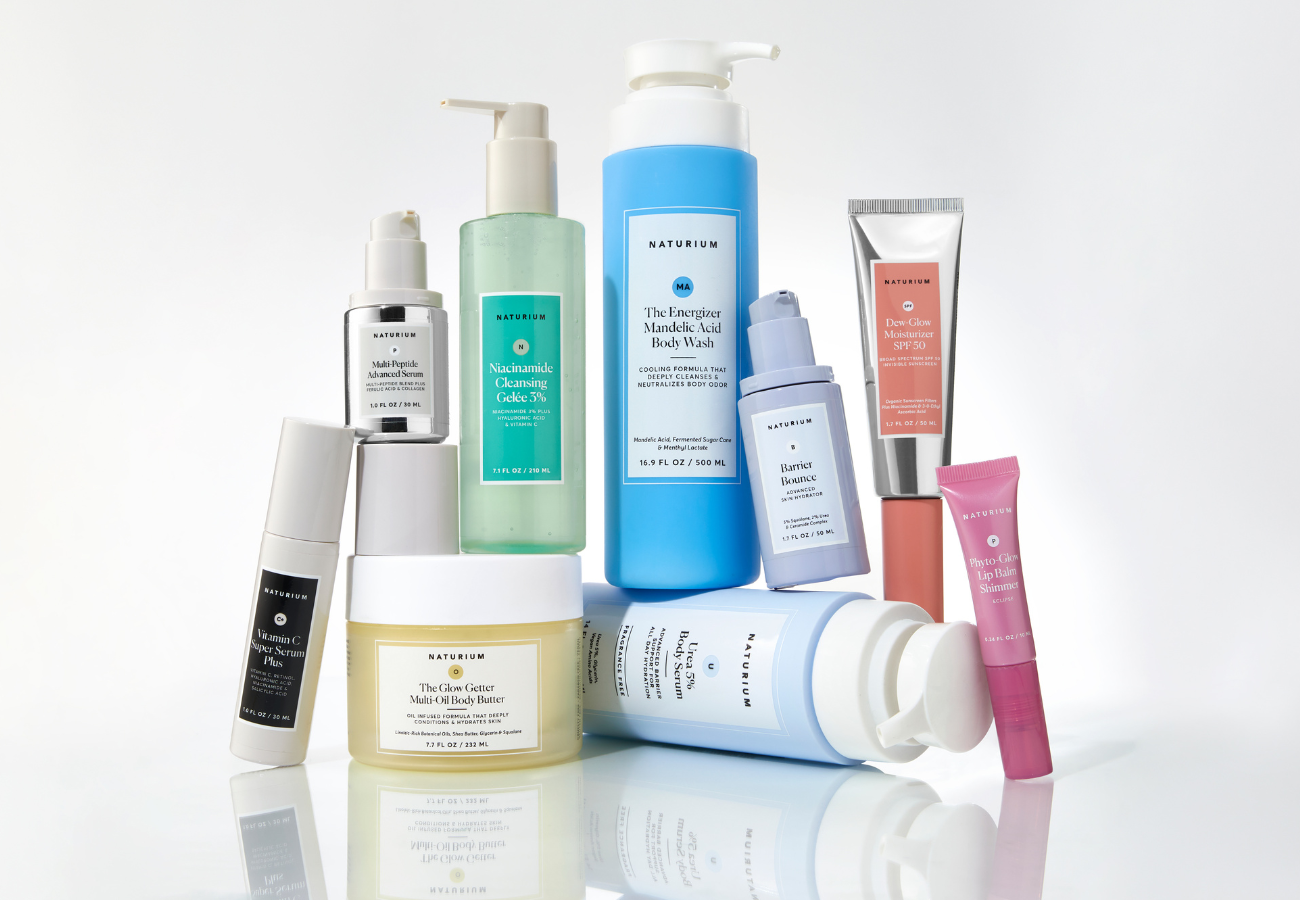
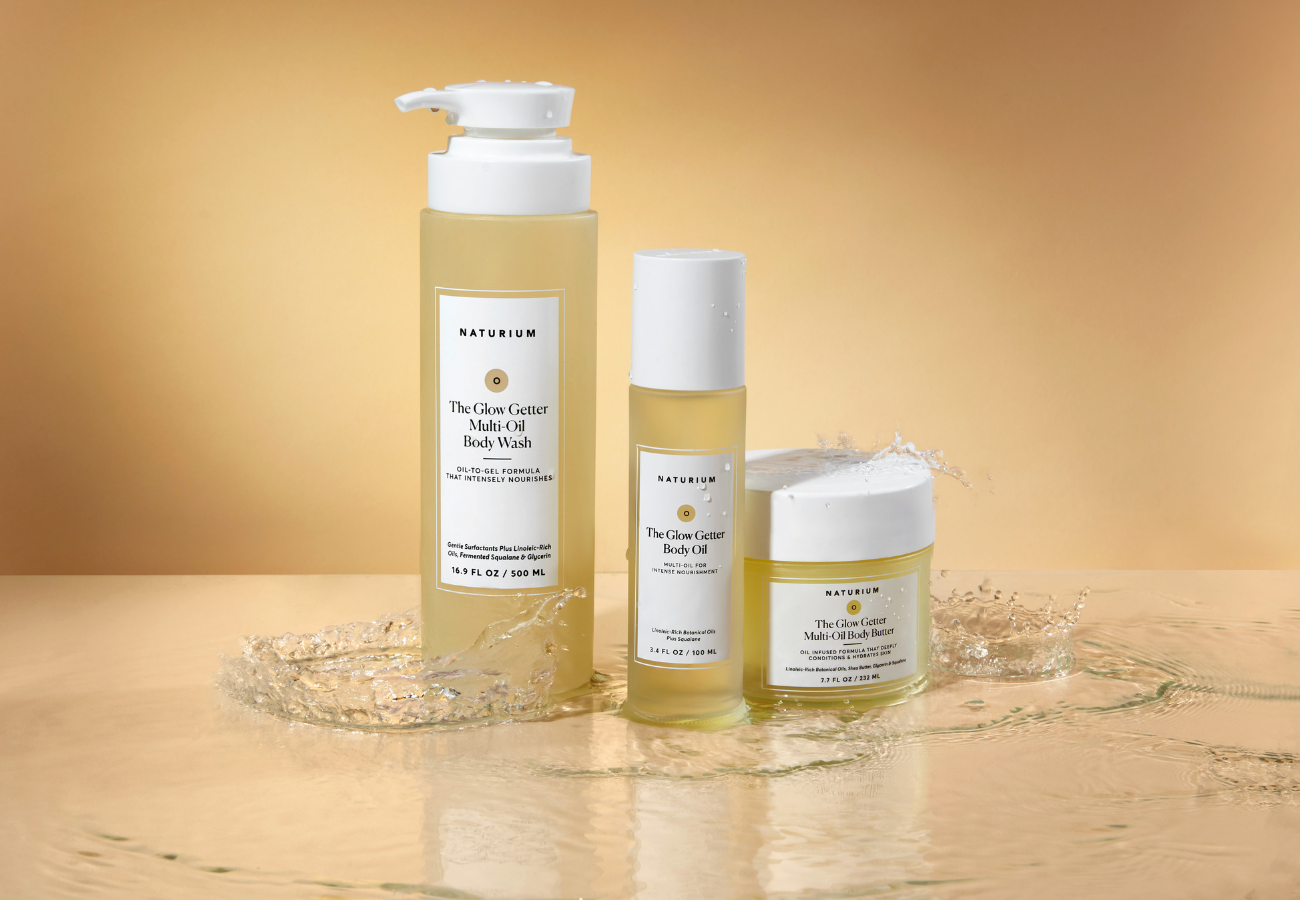
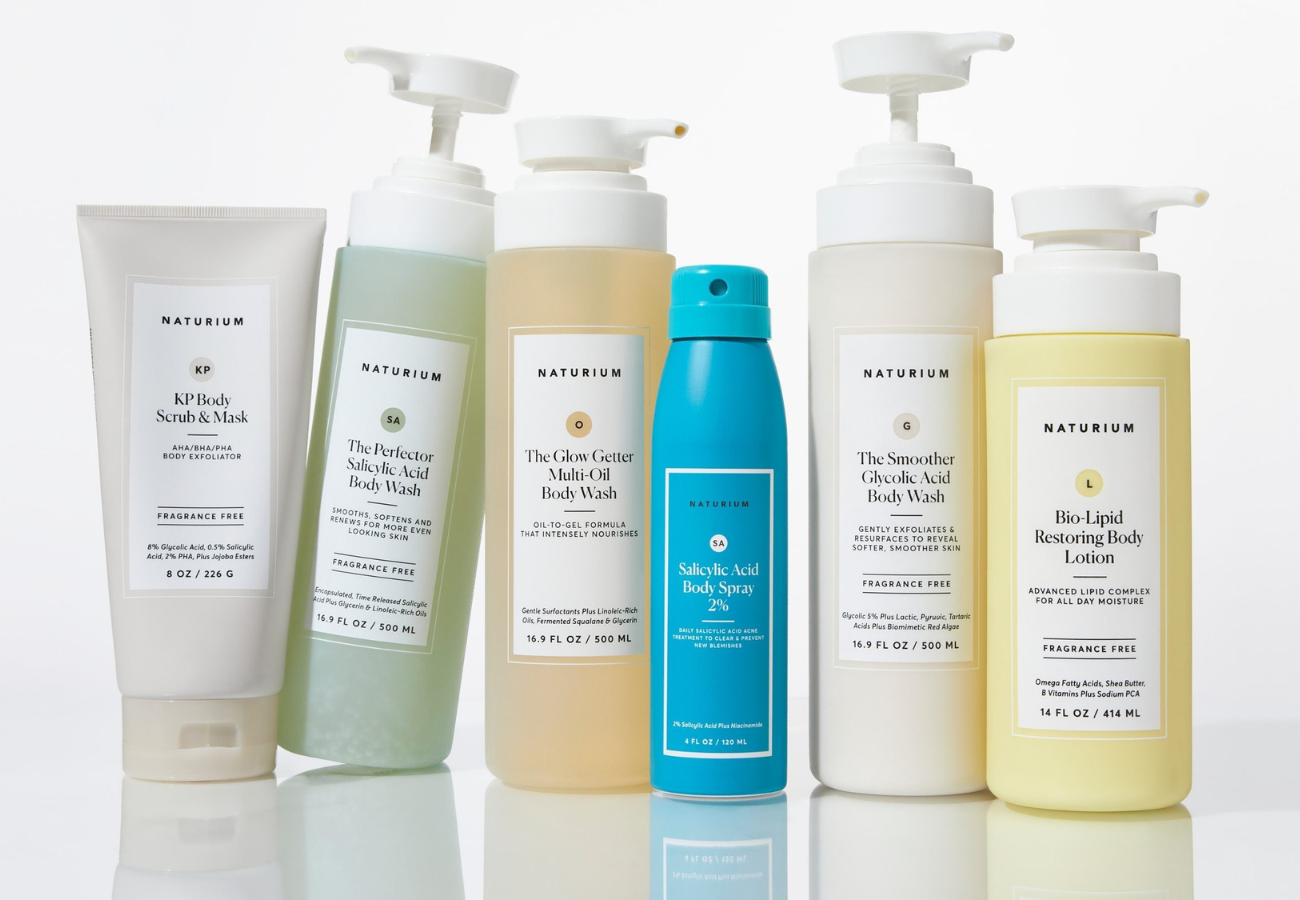
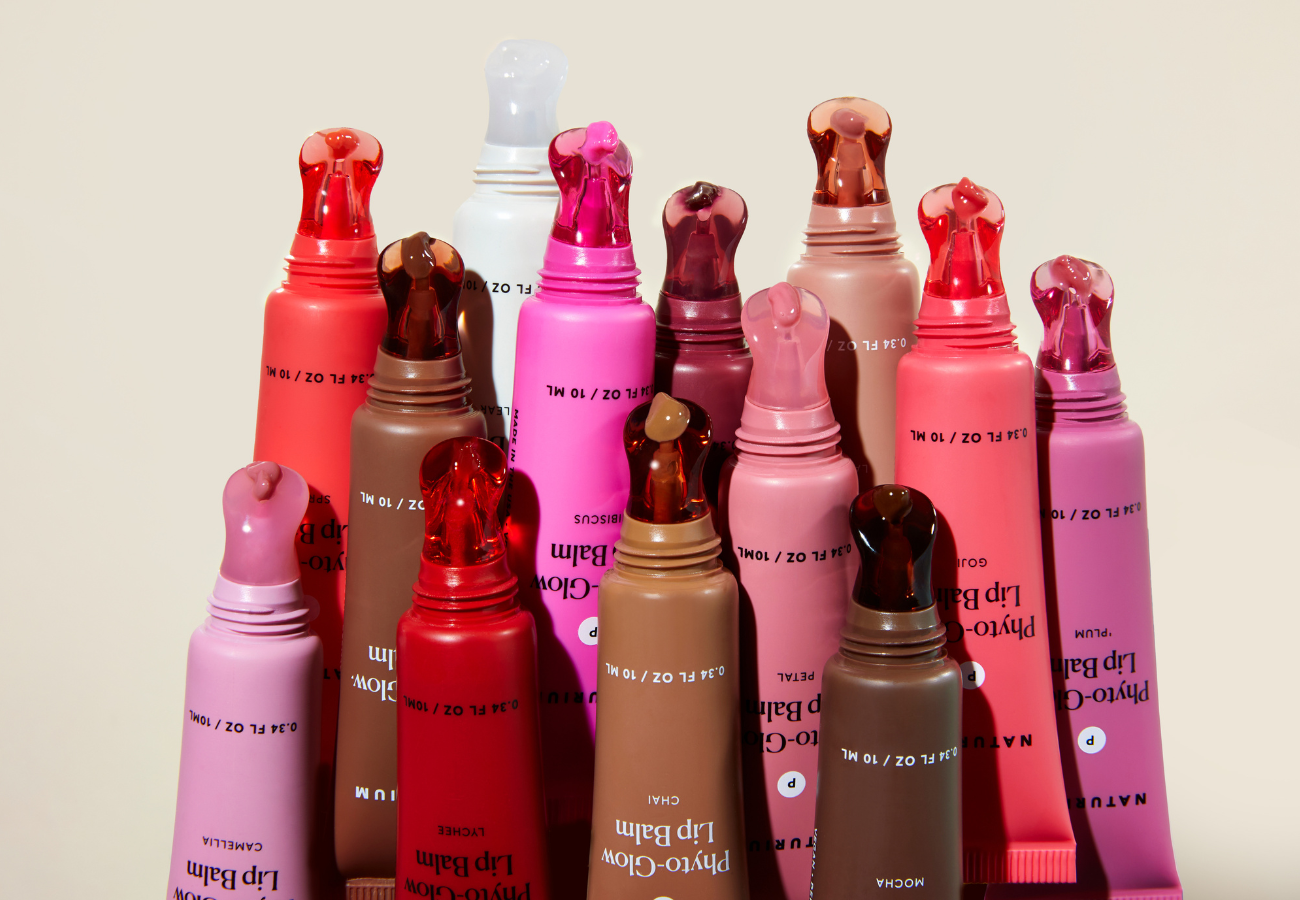
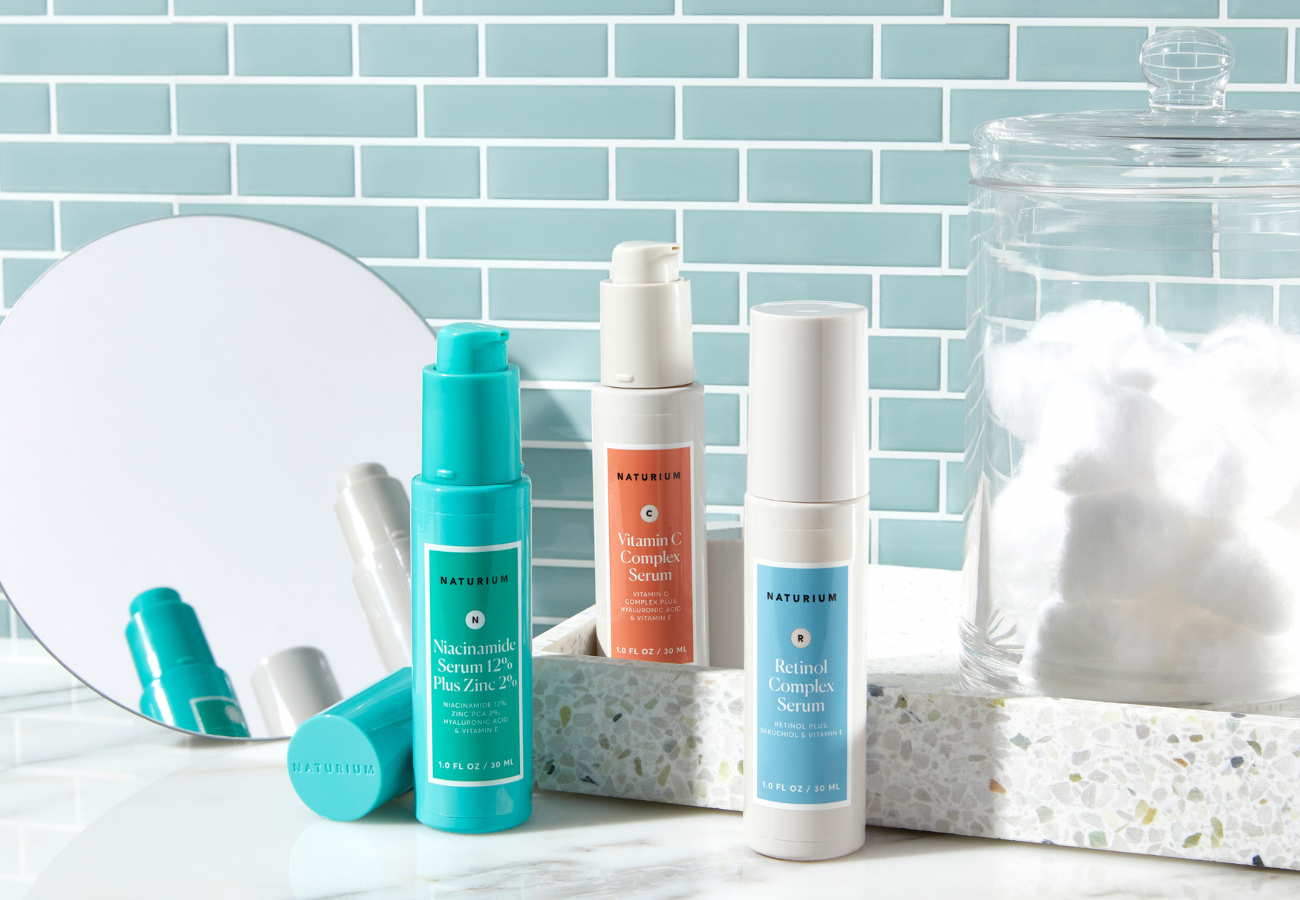
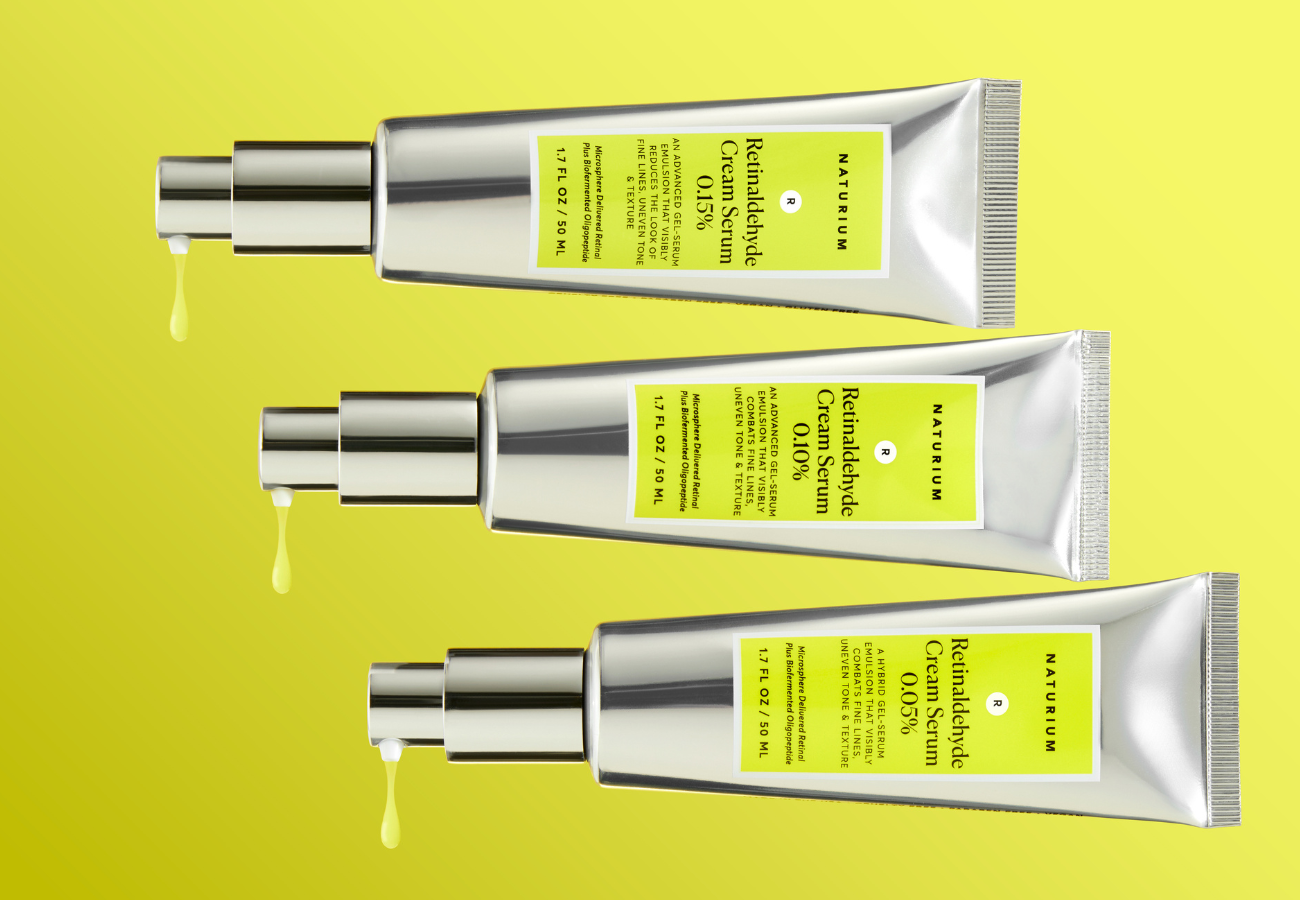
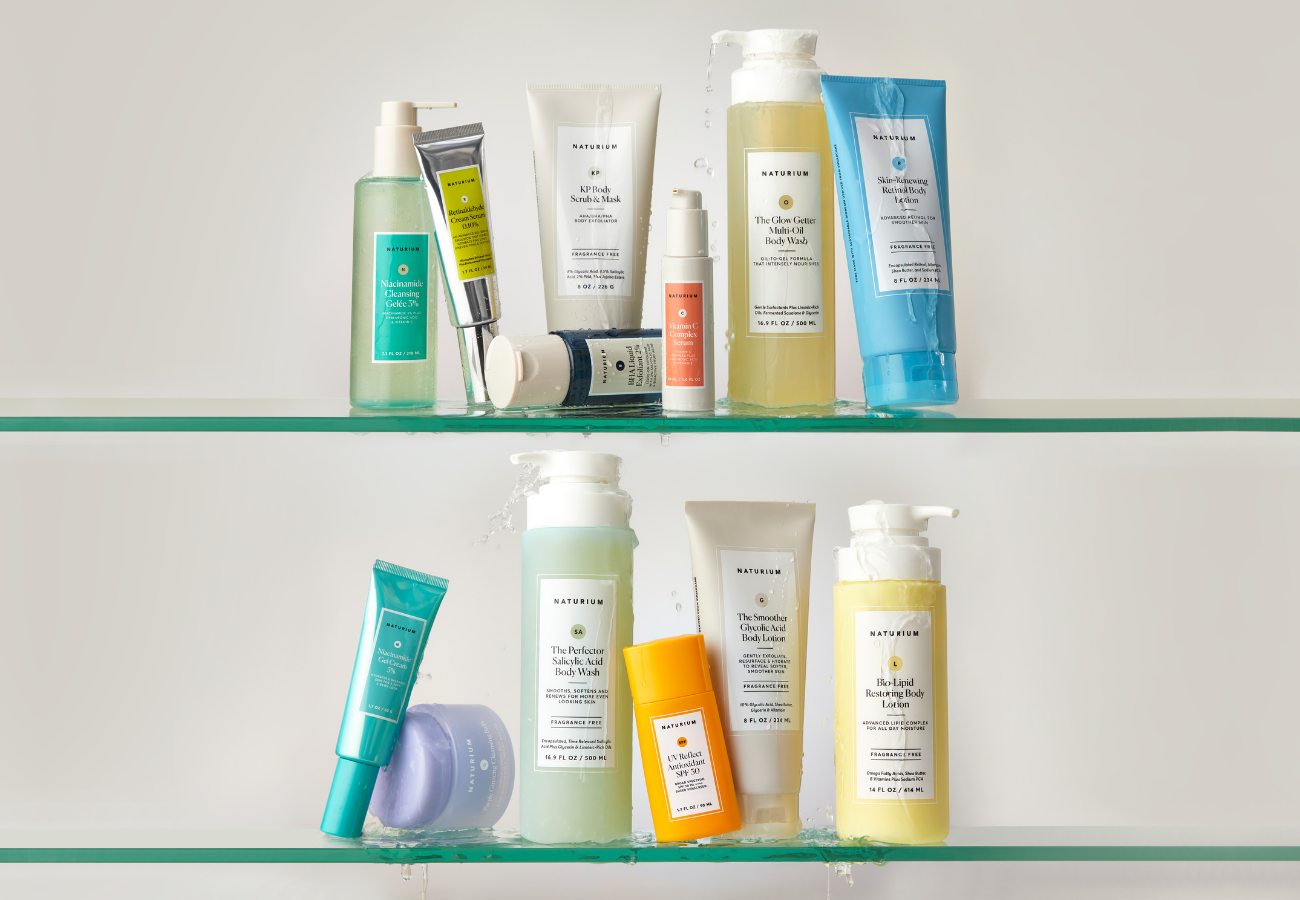
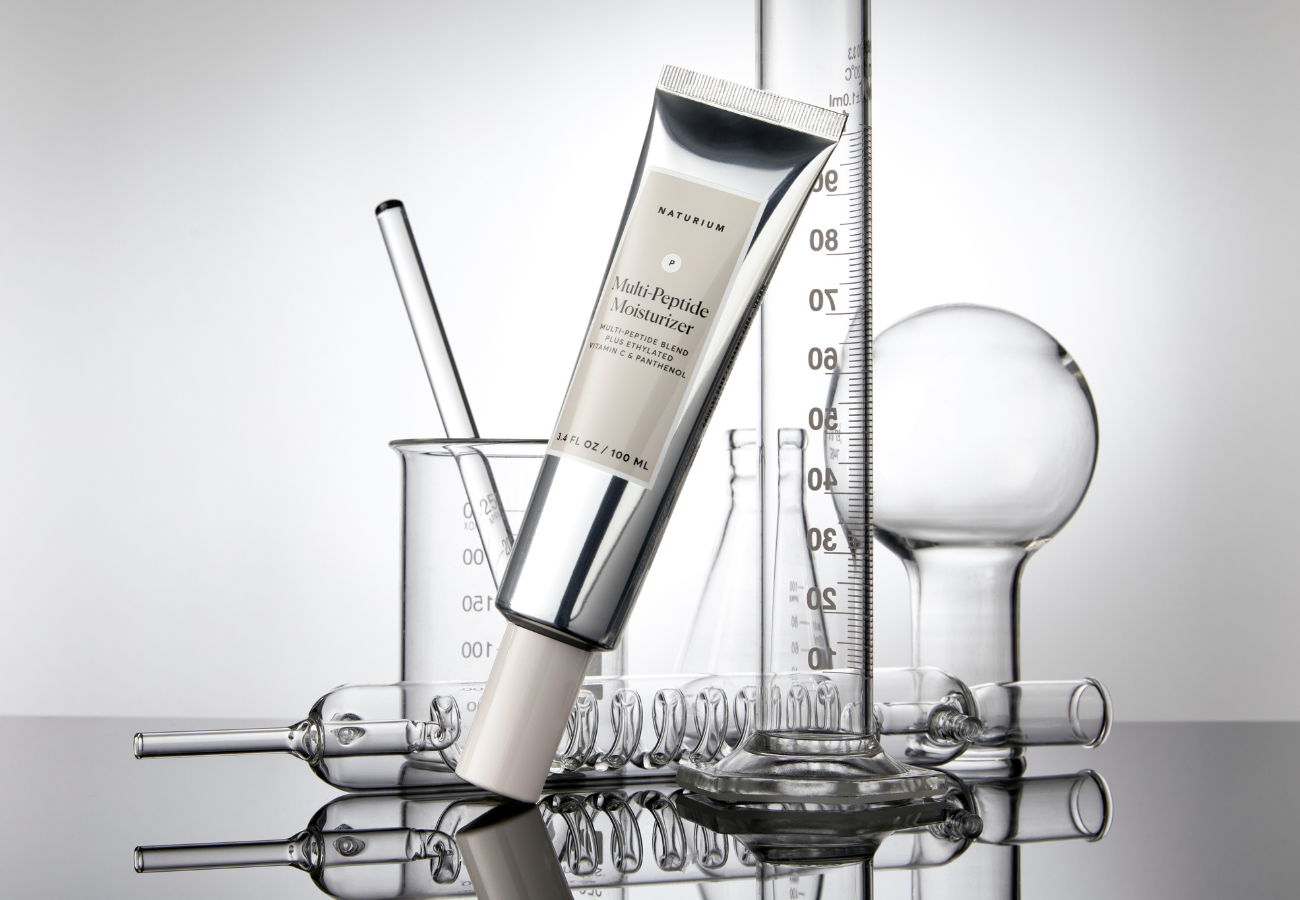
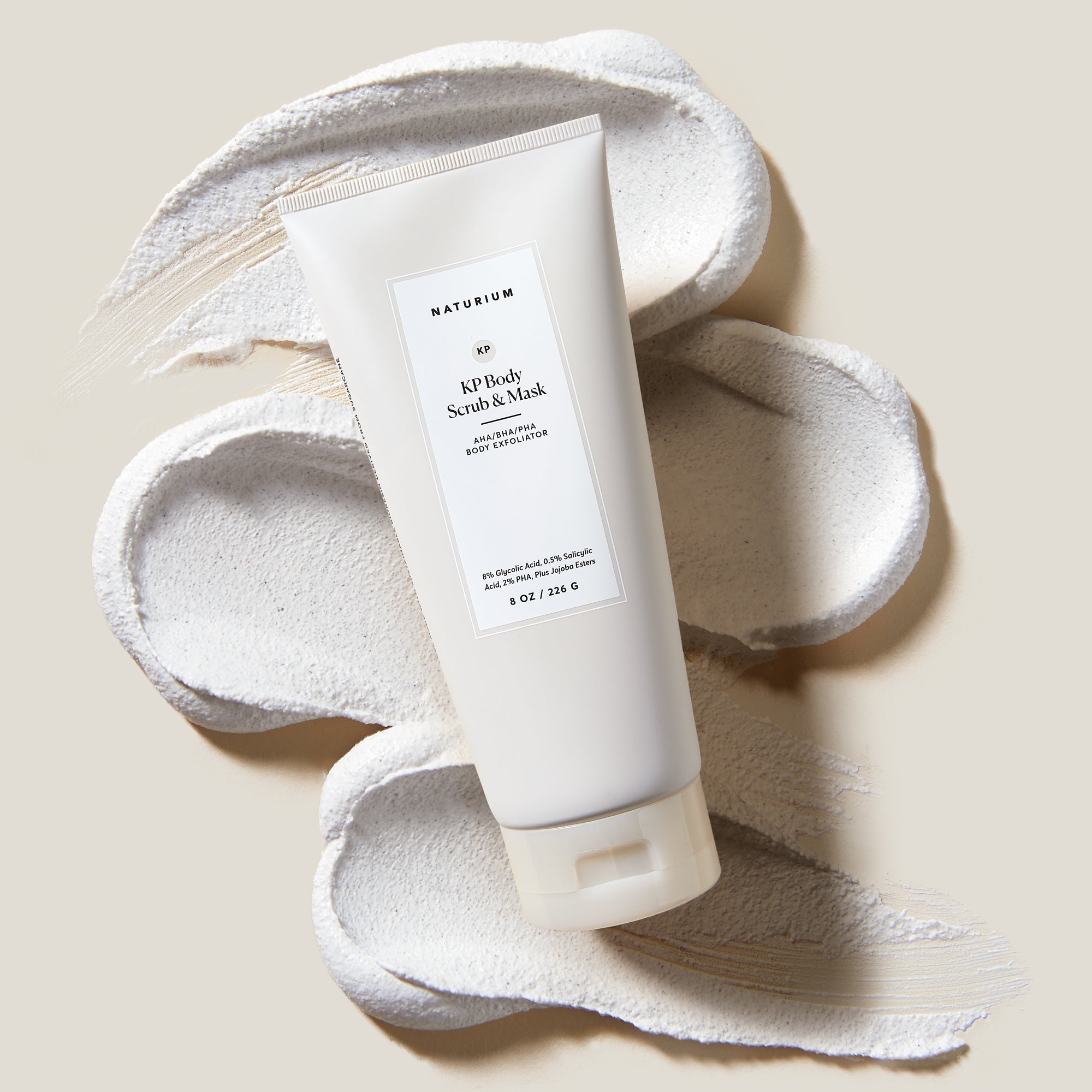
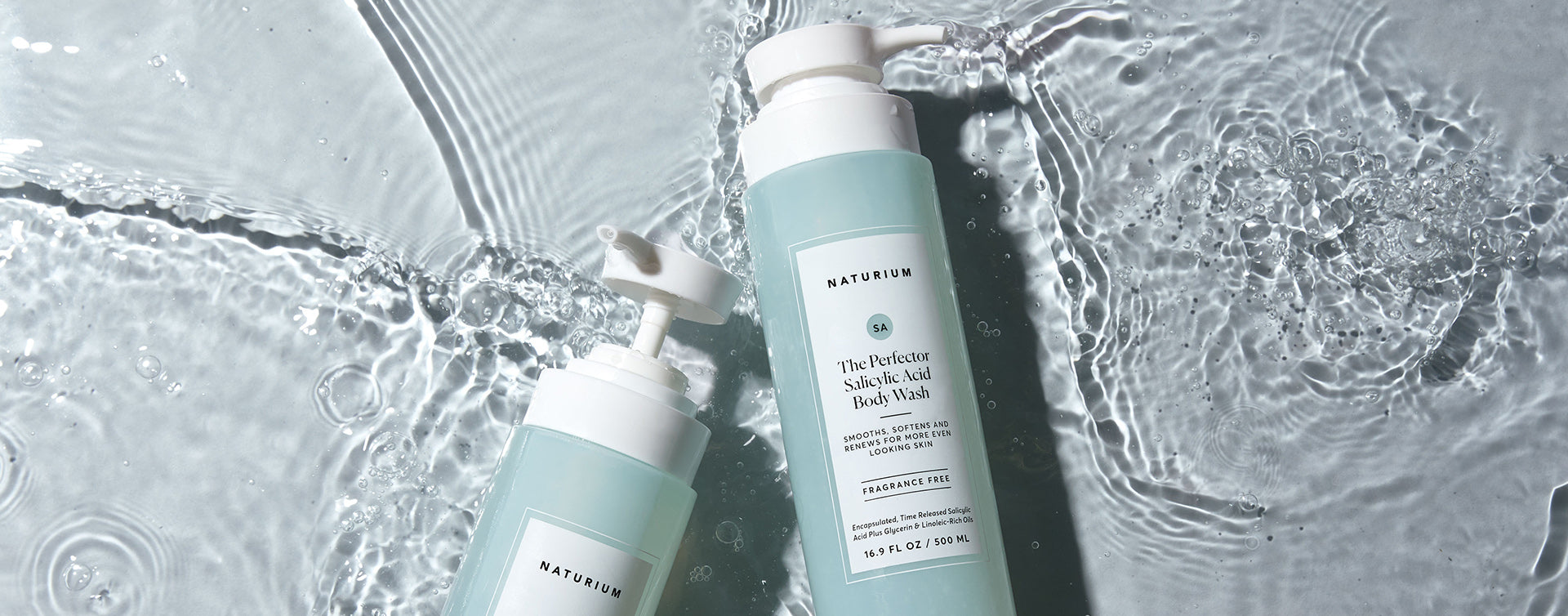
Leave a comment
This site is protected by hCaptcha and the hCaptcha Privacy Policy and Terms of Service apply.